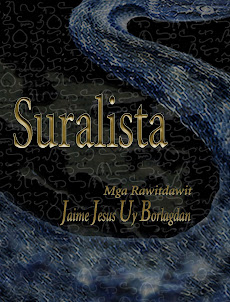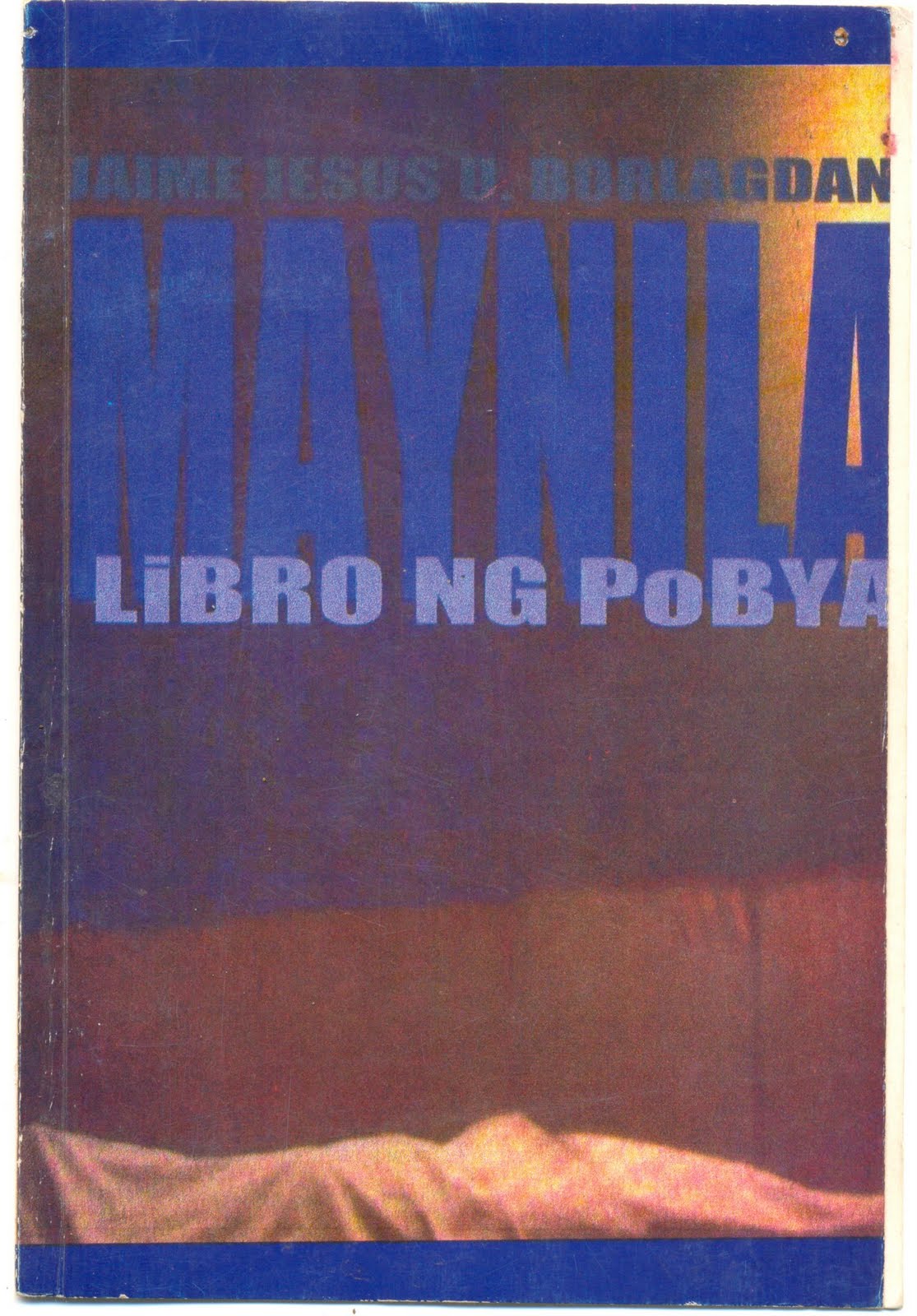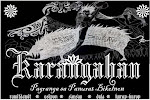"Poverty of the arts!”
Richard Madrilejos, an luyong na artist
1.
Paroro an kinaban ta, Padaba. Mantang an tubig kan kinaban naglalangkaw, an pagkanitawo ta naghihibabaw. Napapakuspa ako, uru-aldaw an satong mga langang balwarte na kan mga propeta kan sagin buda mga matinis na anghel na pandok pirak. An gabos iubos an maghapon ninda sa pagbutla sa mga istasyon kan baratong kaogmahan. An TV an maogmang helang, an legal na mahabas, an manlalansing buhi kan konspirasiya kan mga hagas. Ibugtak ini sa hampang ta para lamoson kita sa hudong, badaton kita ki sagmaw buda hangaw.
Mantang pigbubuyungaw an mga librohan, piggigibong kasilyasan an mga eskwelahan, pigkakarayuan an mga institusyon, an mga galeriya, an mga silensiyong museyo, pigpupurupilsi ta an bulitas sa buto kan itom na kahon sa sala, pig-uutob ta an hiro kan lapnad na liwanag.
Subtle na maray an doom na pigkakalot ta, ta dai ta hiling an kalot. Kaitong mga panahon, an mga kamagurangan ta nagrabas sa panahon buda sinilyaban an gabos na maagihan nindang bako sinda an kagibo, linupigan buda rinaodas an gabos na bako nindang ina o tugang, kinarne su mga bako ninda kakolor, kadila o kabandera—Ngonian, gabos kita nagpapamburukod pabugsok sa hampas kan modernong panahon, mga sablok, mga mantok. Nagngangararakngak na lasngag, bangag sa mga presenteng adiksiyon. Daing pagpugol an bultok tang mga kamot sa pagraot sa sato man sanang minukna kan kita ubat pa. Mga nakabuhi sa toril kan mga sugo buda relehiyon, iramog ta sa satuyang lawas an ati kan mga hayop, isungkal ta kan satong ngislo an tinimak-timakan kan Pilato tang bitis sa ibang panahon kan satong pugol na moralidad.
An dulom kan eclipse na dai naghihiro yaon sa tangod ta ngonian. Pero an mga mata ta sa pigkukumbulsiyon sa tama kan mga maisog na ilusyon. Isangat kita sa langkaw-droga kan paglataw kan sarong nahuhungkang, na garo naglalayap an pagmati dawa natatakdag.
Ayko! Kagadanan sana an diyos na kaya tang patotoohan, tubudan, luhudan! Rarabason ta an kinaban, sarong rawog ki ayam na paslo buda namamagat mantang an hubang lawas kan kasaysayan naghihingagdan.
2.
Muya ko sanang magparataram, Padaba. Sa mga bangging arog kaining mauran. Kita sanang duwa, mantang su satong mga pag-iriba lawas na nagkaurungman kan osipunon na bintana.
Muya kong agyaton an ala-syeteng aga, na masubol na naman samuya gabos pasiring sa pamitsan kan prominenteng makina buda an mga invisible niyang mga latigo.
Dai na ako napapahibi sa uyam na nag-anab kan sakong pagmati. Ilinunad ko na an natatada kong kalag sa marabas kong pangaturugan na luwas laog sa tulong panahon, kaito, ngonian, mag-abuton. Arog sa sarong Jumper na buhing nagbabyahe sa paagi kan mga ritrato.
Nakabuhi na ako, Padaba. Hali sa labtok, kinanap ko an gamot kan paroy pasakat sa saiyang buswak. Sa sakong muklat, ako an puon na nabuhay sa pagsilo ki burabod sa huyop, ako an pisog na tuminambo sa sarong tasang gapo.
Matindog ako sa tahaw kan satong kadikloman, dara an sakong ugop-ugop, pagkamuot, orag-orag, papasilyabon ko an sakong lawas, sarong mongheng may protesta, sarong bukid ki uhot na warang manganganog, sa pagrumdom saimo.
Enero 7, 2010. Pawa, Tabaco City.
RABURAB KAN LUYONG
Posted by
Jai Jesus Uy Borlagdan
Monday, February 01, 2010








0 comments:
Post a Comment